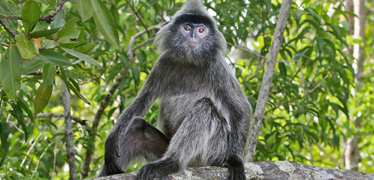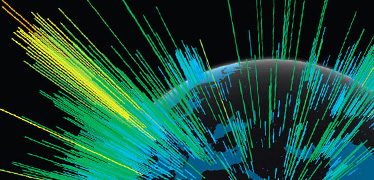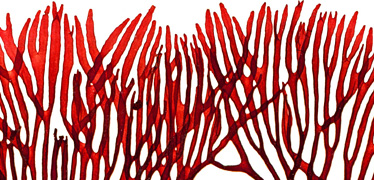Red algal systematics

Thodomenia lacineata
Project Summary
- Focus: Systematic studies on red algae with particular emphasis on large and poorly known groups
The Museum's algal researchers are leading and involved in a number of systematic projects on red algae with particular emphasis on large and poorly known groups.
We are using a combination of molecular, morphological and culture techniques for this work.
Global phylogeny of the Bangiales
There is evidence that the ancestors of this red algal group were around over 1.2 billion years ago. Given this long evolutionary history and a modern day cosmopolitan distribution, the group presents some fascinating scientific challenges.
An international group of specialists, including Museum staff, are using molecular techniques to construct a global phylogeny.
Porphyra genome project
The whole genome of a species of Porphyra is currently being undertaken in the USA, funded by the National Science Foundation.
A network of scientists, including Museum staff, have been brought together to review the genus and to develop the science that will follow once the whole genome is available.
Taxonomy of the coralline algae
The coralline algae are found throughout much of the rocky intertidal and subtidal areas, often to considerable depths where there is enough light.
They can be extremely difficult to identify and are almost always overlooked. Yet they are a key architectural component of the marine environment.
We are concentrating on the taxonomy of the geniculate coralline algae in the North Atlantic, for example Corallina.
Museum staff
- Professor Juliet Brodie
- Linda Irvine

Biodiversity research
We are creating molecular and digital tools to explore undiscovered biodiversity

Diversity and informatics research
Researching undiscovered diversity in megadiverse systems using big data

Algae collections
Our algae collection is among the largest in the world and a rich source of important historical material